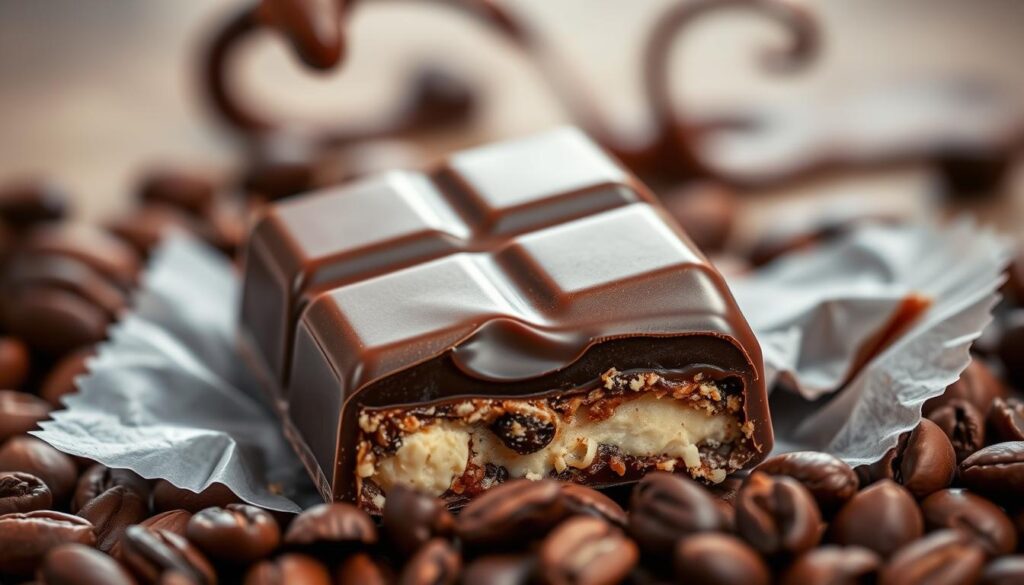
Imagine biting into a rich, smooth chocolate bar. The sweetness melts away your worries. For many, chocolate is more than a treat; it's a way to relax and enjoy a little luxury. Whether you love classic milk chocolate or prefer dark chocolate's deeper flavors, there's a chocolate bar for everyone.
The world of chocolate offers endless choices. From creamy milk chocolate to bold dark chocolate, the flavors and textures are amazing. In this article, we'll explore chocolate bars' history, types, and flavors. Let's start our journey into the world of chocolate and find the perfect treat.

We'll talk about what makes a great chocolate bar. We will look at the quality of ingredients and the craftsmanship. We'll also dive into milk and dark chocolate, each with its own unique qualities. Whether you're a chocolate lover or just looking to try something new, this guide will help you find your perfect chocolate bar.
Key Takeaways
- Chocolate bars are a popular treat that can be enjoyed by people of all ages
- There are many different types of chocolate bars, including milk chocolate and dark chocolate
- The quality of the ingredients and craftsmanship can greatly impact the flavor and texture of a chocolate bar
- Chocolate bars can be a great way to indulge in a little luxury and unwind
- Exploring the world of chocolate bars can be a fun and delicious adventure
- Understanding the different types of chocolate and their unique characteristics can help you find your perfect chocolate bar treat
The Rich History of Chocolate Bar
Chocolate has been loved for centuries, starting with ancient civilizations in the Americas. The fascinating story of chocolate bars is both rich and complex. It shows how chocolate evolved from a bitter drink to the sweet treat we all enjoy today. Now, chocolate bars come in many flavors, like milk chocolate and dark chocolate.
Originally, the Aztecs and Mayans were the first to discover how to make chocolate. They highly valued cacao beans and used them to create a bitter drink. Also, this drink, considered a luxury, was enjoyed by the elites. Over time, as chocolate spread to Europe, it was refined and sweetened, eventually giving us the chocolate bars we love today.
- The invention of the first modern chocolate bar in the late 19th century
- The development of new chocolate-making techniques, such as conching and tempering
- Moreover, the introduction of milk chocolate, which became a popular candy treat in the early 20th century
In contrast, chocolate bars are loved all over the world and you can find many types, from milk chocolate to dark chocolate. So, the next time you enjoy a chocolate bar, think about its rich history and how it has evolved.
| Type of Chocolate | Description |
|---|---|
| Milk Chocolate | A sweet and creamy chocolate made with milk |
| Dark Chocolate | A rich and bitter chocolate made with a high percentage of cacao |
| White Chocolate | A sweet and creamy chocolate made with cocoa butter and milk |
Understanding Different Types of Chocolate Bar
There are many types of chocolate bars, each with its own taste and feel. Dark chocolate is known for its deep flavor. Milk chocolate is sweeter and creamier. The main difference is in their ingredients and how they're made.
Nevertheless, the amount of cocoa solids is key. Dark chocolate has more cocoa, making it taste more bitter. Milk chocolate has less cocoa and more sugar, making it sweeter.
- Dark chocolate: rich and intense flavor, higher percentage of cocoa solids
- Milk chocolate: sweeter and creamier, lower percentage of cocoa solids
Many brands offer chocolate bars with different tastes. Indeed, you can find dark chocolate with a strong flavor or milk chocolate that's creamy.
Besides dark chocolate and milk chocolate, there's white chocolate and flavored chocolate. Each has its own special qualities. This makes the world of chocolate bars both diverse and exciting.
The Art of Enjoying a Dark Chocolate Bar
Dark chocolate bars are loved for their deep, rich taste. They can have anywhere from 30% to 99% cacao. The higher the percentage, the stronger the flavor.
The type of cacao used in dark chocolate greatly affects its taste. Single-origin dark chocolate comes from beans from one place. Blended dark chocolate mixes beans from different places.
Some popular dark chocolate types include:
- 70% dark chocolate, known for its balanced flavor
- 85% dark chocolate, known for its intense flavor
- 99% dark chocolate, known for its extremely intense flavor
Gourmet chocolate brands offer many dark chocolate options. Each has its own special taste. Whether you love dark chocolate or are new to gourmet chocolate, there's something for you.
When tasting dark chocolate, notice the tasting notes and profiles. You might taste fruit, nuts, or spices. Exploring dark chocolate lets you find new flavors and enjoy the art of gourmet chocolate making.
| Type of Dark Chocolate | Percentage of Cacao | Flavor Profile |
|---|---|---|
| 70% Dark Chocolate | 70% | Balanced |
| 85% Dark Chocolate | 85% | Intense |
| 99% Dark Chocolate | 99% | Extremely Intense |
Milk Chocolate: America's Favorite Treat
Milk chocolate is a favorite in the United States. It's known for its sweet and creamy taste. Brands like Hershey's and Ghirardelli offer a variety of milk chocolate bars. They are perfect for anyone with a sweet tooth.
Some of the best chocolate bars made with milk chocolate include:
- Hershey's Milk Chocolate Bar: a classic American favorite
- Ghirardelli Milk Chocolate Bar: known for its intense, rich flavor
- Dove Milk Chocolate Bar: a smooth and creamy treat
Milk chocolate is loved for its mild taste and versatility. It's great for snacking, baking, or as a gift. With so many tasty options, it's clear why milk chocolate is a favorite.
Looking for something classic or unique? There's a milk chocolate bar for you. Indulge in the creamy, sweet goodness of milk chocolate. Treat yourself to one of the best chocolate bars around.
White Chocolate and Specialty Varieties
White chocolate is made from cocoa butter, sugar, and milk solids. It has a unique taste and texture. In recent years, it has become more popular, with many gourmet makers creating new and tasty varieties.
Some examples of white chocolate and specialty varieties include:
- Flavored white chocolate, such as raspberry or orange
- White chocolate with nuts, such as almonds or hazelnuts
- White chocolate with spices, such as cinnamon or cardamom
Is White Chocolate Real Chocolate?
Many people debate if white chocolate is "real" chocolate. It doesn't have cocoa solids, but it does have cocoa butter. This makes it similar to other chocolates.
Innovative Flavor Combinations
Gourmet chocolate makers love to try new flavors, including white chocolate. They mix it with fruits like strawberries or blueberries. They also mix it with dark or milk chocolate.
| Flavor Combination | Description |
|---|---|
| White Chocolate and Raspberry | A sweet and tangy combination that is perfect for spring |
| White Chocolate and Hazelnut | A rich and nutty combination that is perfect for fall |
The Science Behind the Perfect Chocolate Bar
Making the perfect chocolate bar is a mix of art and science. To make top-notch chocolate, makers must pay close attention to several key steps. These include tempering, crystallization, and texture. It's these details that make great chocolate stand out from regular candy.
The journey of chocolate making is complex. It starts with cacao beans and ends with a smooth, creamy treat. Tempering is a key step. It makes chocolate shiny and gives it a nice snap. Tempering involves heating and cooling the chocolate to set its texture and feel.
Tempering Process
Tempering is a precise process that needs careful temperature control. Furthermore, chocolate makers heat it to about 105°F (40°C) to melt all crystals. Then, they cool it to around 80°F (27°C) to form new crystals.
Crystallization and Shine
Crystallization is vital for the perfect chocolate bar. Additionally, the size and type of crystals formed affect the chocolate's texture, feel, and look. Good chocolate has a smooth, shiny surface and a nice snap. Also, this comes from small, stable crystals that reflect light and add shine.
Texture and Mouthfeel
The texture and feel of chocolate are key. It can be smooth and creamy or rough and grainy, depending on the chocolate type and how it's made. Additionally, quality chocolate should melt easily and have a rich flavor. Furthermore, the perfect chocolate bar is a joy to eat, with a texture that's just right and a flavor that's complex and satisfying.
Additionally, if you're interested in making your own chocolate bar at home, check out this homemade chocolate bar recipe from Emily’s Fresh Kitchen here.
Health Benefits of Quality Chocolate
Quality chocolate is good for your heart and can help reduce stress. Opting for organic chocolate adds these benefits to your meals.
Here are some key health perks of quality chocolate:
- It's packed with flavonoids and antioxidants, which fight cell damage and inflammation.
- Furthermore, it's a rich source of magnesium and copper, important for strong bones and a healthy immune system.
- It might also boost heart health by lowering blood pressure and enhancing blood flow.
Organic chocolate is also better for the planet. It supports farmers who care for the environment and promotes a greener future.
Furthermore, adding quality chocolate to your diet can bring many health benefits. It can improve your heart health and help you relax. Choosing organic chocolate also helps the environment.
Organic and Fair Trade Chocolate Bar Choices
More people now care about the impact of what they buy, including organic chocolate and fair trade chocolate bars. As a result, they want to support sustainable and responsible chocolate-making recipes.
For example, organic chocolate is made without harmful chemicals, making it better for both you and the planet. Additionally, fair trade chocolate ensures that farmers receive a fair price for their hard work, supporting social justice and improving their lives.
Ultimately, choosing these types of chocolate bars allows you to enjoy delicious treats while making a positive impact.
Sustainability in Chocolate Production
Good chocolate making is green. It includes planting trees and saving wildlife. Many companies are now doing this to lessen their harm to the environment.
Understanding Certification Labels
Labels like Fairtrade and Organic tell you about the chocolate's quality. They mean the chocolate was made fairly and organically.
- Taza Chocolate
- Green & Black's
- Endangered Species Chocolate
Choosing organic chocolate and fair trade bars helps the planet. You also get to enjoy tasty, quality chocolate.
| Brand | Certification | Product |
|---|---|---|
| Taza Chocolate | Organic | Stone Ground Mexican Dark Chocolate |
| Green & Black's | Fairtrade | Organic Dark Chocolate |
| Endangered Species Chocolate | Fairtrade | Dark Chocolate with Sea Salt and Carmel |
Essential Tips on How to Store Your Chocolate Bar
Storing your chocolate bars right is key to keeping their taste and texture. You need to find the perfect spot with the right temperature and humidity. Furthermore, a cool, dry area, away from sunlight and heat, is ideal.
Temperature control is crucial because chocolate melts at temperatures over 75°F (24°C). Also, high humidity can make chocolate sticky or cause it to bloom. So, to avoid this, use an airtight container like a glass jar or a plastic container with a tight lid.
- Keep your chocolate bar away from strong-smelling foods, as chocolate can absorb odors easily.
- Store your chocolate bar in a cool, dry place, such as a pantry or cupboard.
- Furthermore, avoid storing your chocolate bar in the refrigerator, as the humidity can cause it to become sticky or develop blooming.
By following these simple storage tips, you can enjoy your chocolate bar for a longer period while maintaining its quality and flavor. Remember, proper storage is key to preserving the taste and texture of your favorite chocolate bar, so take the time to store it correctly and savor the experience.
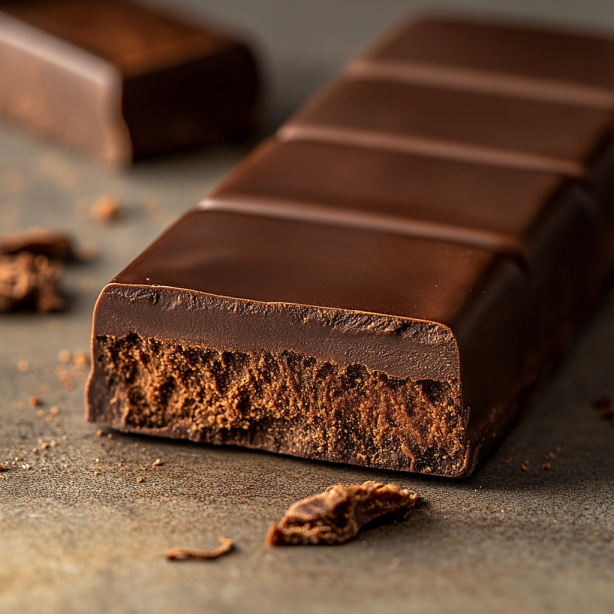
Pairing Your Chocolate Bar with Beverages
Pairing chocolate bars with drinks opens up a world of exciting flavors. Furthermore, you can mix classic combos like wine and chocolate or try new ones like coffee and chocolate. The key is to match flavors and textures just right.
For example, a luxurious treat would be to pair a rich dark chocolate bar with a full-bodied red wine. The wine's tannins and the chocolate's bitterness create a perfect balance. Certainly, a creamy milk chocolate bar pairs wonderfully with a cool cup of coffee, bringing out the best of both flavors.
Wine and Chocolate Combinations
- Dark chocolate and Cabernet Sauvignon: a classic combination that is both bold and sophisticated
- Milk chocolate and Moscato: a sweet and creamy pairing that is perfect for a special occasion
- White chocolate and Chardonnay: a rich and buttery combination that is sure to impress
Coffee and Tea Pairings
Coffee and chocolate are a perfect pair. A strong coffee with a dark chocolate bar is a treat. Or, a creamy tea like Earl Grey goes well with a milk chocolate bar.
Whether you like wine, coffee, or tea, there's a chocolate pairing for you. So, why not try different ones and find your favorite?
| Beverage | Chocolate Bar | Flavor Profile |
|---|---|---|
| Red Wine | Dark Chocolate | Rich and bold |
| Coffee | Milk Chocolate | Smooth and creamy |
| Tea | White Chocolate | Buttery and sweet |
Gourmet Chocolate Bar Worth Splurging On
Indulging in gourmet chocolate bars is a luxury treat. It can elevate your chocolate experience. These bars are made with premium ingredients and unique flavor combinations.
When it comes to gourmet chocolate, the best bars are crafted with care. Artisanal makers use high-quality ingredients and traditional techniques. Brands like Vosges Haut-Chocolat and La Maison du Chocolat offer unique and exciting flavors.
Artisanal Makers
Artisanal makers are key in the gourmet chocolate industry. They use traditional techniques and high-quality ingredients.
Premium Ingredients
Premium ingredients are crucial in gourmet chocolate bars. They use rare cacao beans, high-quality nuts, and spices. Many brands now use organic and fair-trade ingredients.
Gourmet chocolate bars are worth splurging on. They offer unique flavors and high-quality ingredients. So, why settle for ordinary chocolate when you can have the best?
The Ultimate Chocolate Bar Tasting Guide
Enjoying a rich, velvety chocolate bar is a special treat. To really enjoy the flavors and textures, you need a tasting guide. It helps you explore the world of fine chocolate.
Begin by looking at the chocolate bar's appearance, smell, and feel. It should have a smooth, shiny surface and a deep color. Notice the aroma, which might smell like vanilla, caramel, or other flavors. Then, take a small bite.

- Start with a clean palate, free from any strong flavors or odors
- Furthermore, choose a variety of chocolate bars with different flavor profiles and textures
- Also, take your time, savoring each bite and noting the complex flavors and textures
By using this tasting guide, you'll become a chocolate bar expert. You'll learn to appreciate the fine details and rich tastes of fine chocolate.
Conclusion
Exploring the history, flavors, and science of chocolate recipes reveals its true value. Whether you enjoy a premium dark or a creamy milk chocolate bar, each bite is a special treat. The rich taste of high-quality chocolate is truly unforgettable.
Furthermore, artisanal chocolate makers and sustainable cocoa practices make the world of fine chocolate desserts even more exciting. So, go ahead and indulge in that gourmet chocolate bar recipe. Let the perfect mix of sweetness, bitterness, and texture delight your taste buds.
In addition, chocolate has the power to bring people together, create lasting memories, and inspire creativity. By learning more about chocolate recipes, you can elevate your experience and appreciate every bite.
Moreover, if you're craving another rich and chocolatey dessert, try this irresistible homemade chocolate cobbler recipe from Receptzeit here.
FAQ
What are the different types of chocolate bars?
There are three main types: dark, milk, and white chocolate. Each has its own taste and features.
What is the difference between dark, milk, and white chocolate?
Dark chocolate is rich and intense, with more cocoa solids. Milk chocolate is sweeter and creamier, with less cocoa. White chocolate has cocoa butter, sugar, and milk, but no cocoa solids.
What are the health benefits of eating quality chocolate?
Quality chocolate, especially dark, can boost heart health and reduce stress. It also has antioxidants. Choose organic and fair-trade chocolate for the best quality and sustainability.
How should I store my chocolate bars?
Keep chocolate bars in a cool, dry place. Stay away from sunlight and heat. Don't store them in the fridge or freezer, as it can dry them out.
What are some gourmet chocolate bars worth splurging on?
Look for gourmet bars from artisanal makers. They use premium ingredients and focus on single-origin cacao and unique flavors. They also care about sustainable production.
How can I properly taste and appreciate different chocolate bars?
Start by looking at the chocolate's appearance and aroma. Then, notice its texture and flavor. Take your time to enjoy each variety and discover their unique tastes.

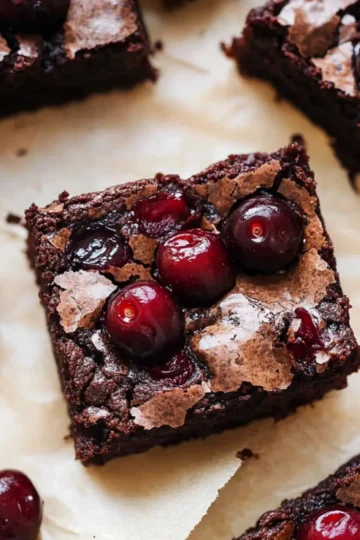
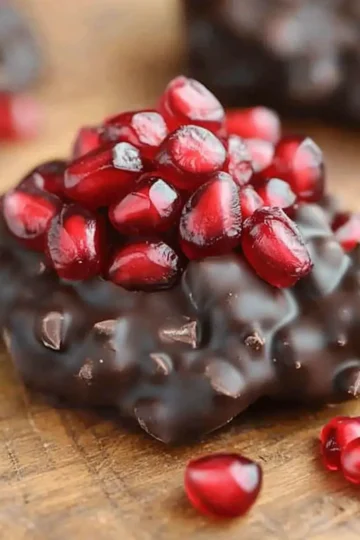
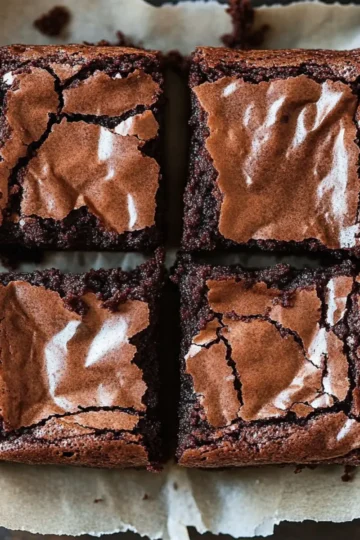
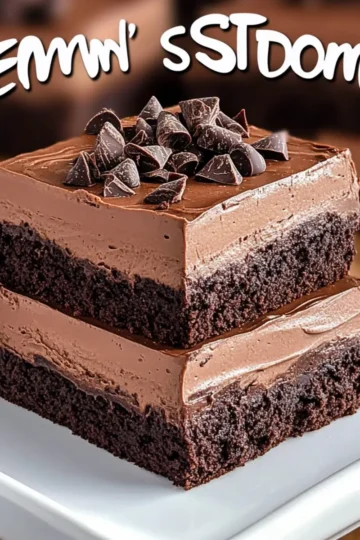
Leave a Reply